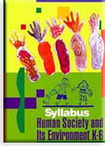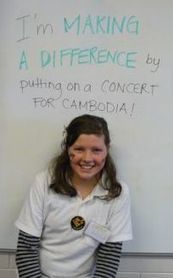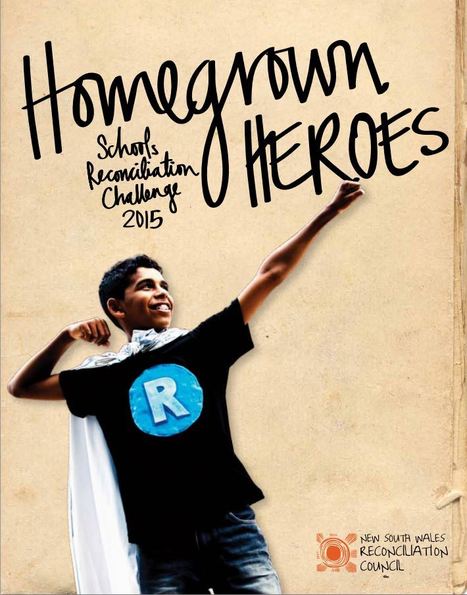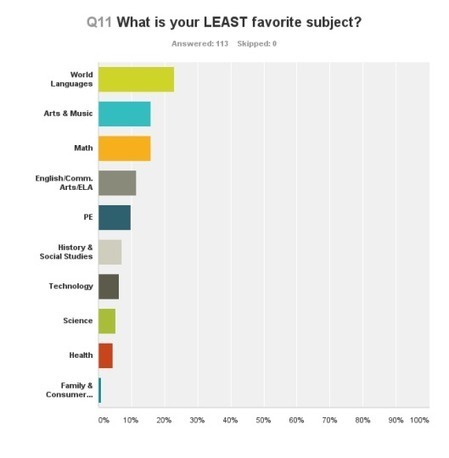It is critical for students in our classrooms to develop a sense of global connectedness and an appreciation for diversity by fostering knowledge and skills promoting intercultural understanding (Hassim, 2013). Berk (2009, as cited in Jones & Cuthrell, 2011) promotes the implementation of a video as an engaging multimodal text in lessons for increased student attention and inspiration, resulting in greater participation and enjoyment from their learning. Students broaden their concepts of celebrations around the world by examining the Chinese New Year celebration in China and New Years in Australia by watching a video on the traditions and legends behind the significant event of Chinese New Year. By using this video stimulus, as intercultural understanding develops, students come to appreciate the diversity within Asian countries and how this diversity influences the way people perceive and interact with places and environments” (BOSTES, 2015).
Teaching strategy:
- In pairs, students brainstorm and record their experience of New Years in Australia. As a class view the listed experiences and decide on appropriate category headings e.g. traditions, family, religious, symbols, local community. Students categorise experiences and discuss the importance of this event to them. Explain to the students that although this is acknowledged as the main New Year event celebrated generally throughout Australia, other New Year celebrations do occur such as the Jewish celebration Rosh Hashanah; celebrations linked with various beliefs and groups. Students share their knowledge and experience of Chinese New Year record this on the board. Watch the video and discuss what students have learnt with another mind map on the board.
- In groups, given the topic of either “who, where, when, how, why” in regards to the celebration of Chinese New Year, students will research and report their accumulated information through a news report or interview style.
- Introduce the Chinese lunar calendar. Students collect images of lunar calendars and descriptions of the characteristics of people born under the calendar animal signs; easily found on the Internet by searching up “Chinese Zodiac” or “animals of the Chinese Zodiac”. Present and discuss the relationship between animals and years, and the Chinese belief behind the animal characteristics. Students can create an artwork of their animal zodiac.
References:
Hassim, E. (2013). Building intercultural understanding through the teaching of Asia perspectives - What Works. Primary & Middle Years Educator,11(2), 16-22.
Jones, T., & Cuthrell, K. (2011). YouTube: Educational potentials and pitfalls. Computers in the Schools: Interdisciplinary Journal of Practice, Theory, and Applied Research, 28(1), 75-85.
Via
Sunny Jung






 Your new post is loading...
Your new post is loading...














![What [we] can learn from other food cultures | HSIE K-6 | Scoop.it](https://img.scoop.it/vehcE4Sw6_OLuHrQ2vkWZDl72eJkfbmt4t8yenImKBVvK0kTmF0xjctABnaLJIm9)
















Not only do ‘Indigenous Languages’ provide this creative and interactive website aimed at educating students about Aboriginal languages, they also offer a free “Marimrang: Elders and Language” presentation (under the ‘Recent Updates’ tab), in conjunction with the State Library of NSW. This could be attended as a class excursion, adhering to Gilbert and Hoepper’s (2014) recommendation that students learn through genuine contact with Indigenous people (p.352).
This talk addresses the importance of keeping the original languages of Aboriginal communities alive, and how this can be achieved, through the perspective of an Indigenous speaker. Teachers should use the ‘Working with Aboriginal Communities’ (2008) guide (Section 3.3 p.22) to educate children on respectful ways to communicate with Indigenous people, prior to the excursion.
As a teaching idea using this website, children could be asked to locate NSW on the map, pinpoint Sydney, and discover the Aboriginal communities first here. They could then visit the ‘Explore Eora’ tab and view ‘Collection Items,’ particularly ‘Lamer’s Vocabulary of Native Names. 1853.’ This provides photographs of an original book of language translations. Teachers could provide students with certain English words from the book and ask them to locate and record/learn the Eora translations of these words.
Specific BOS syllabus outcomes (pp.27,29) suggested use of this source may help achieve:
CUS2.3:
-“Identifies some of the community groups that people can belong to.”
-“Identifies some significant, customs, practices and traditions of their local community, beginning with Aboriginal people.”
-“Locates and identifies evidence of the languages used in their local community, beginning with the original Aboriginal languages, eg signage, place names, sign language.”
CUS2.4:
-"Describes the cultural, linguistic and religious diversity of communities in Australia."
References:
Board of Studies. (2008). Working with Aboriginal Communities: A guide to community consultation and protocols. Retrieved from http://abed.boardofstudies.nsw.edu.au/ files/working-with-aboriginalcommunities.pdf
Board of Studies Syllabus, NSW (2006). Human Society and Its Environment K-6 Syllabus. Sydney: B.O.S. Retrieved from http:// k6.boardofstudies.nsw.edu.au/ wps/portal/go/hsie
Gilbert, R. & Hoepper. B. (2014).
Teaching Humanities and Social Sciences. History, Geography, Economics and Citizenship in the Australian Curriculum.Fifth Edition. Melbourne: Cengage